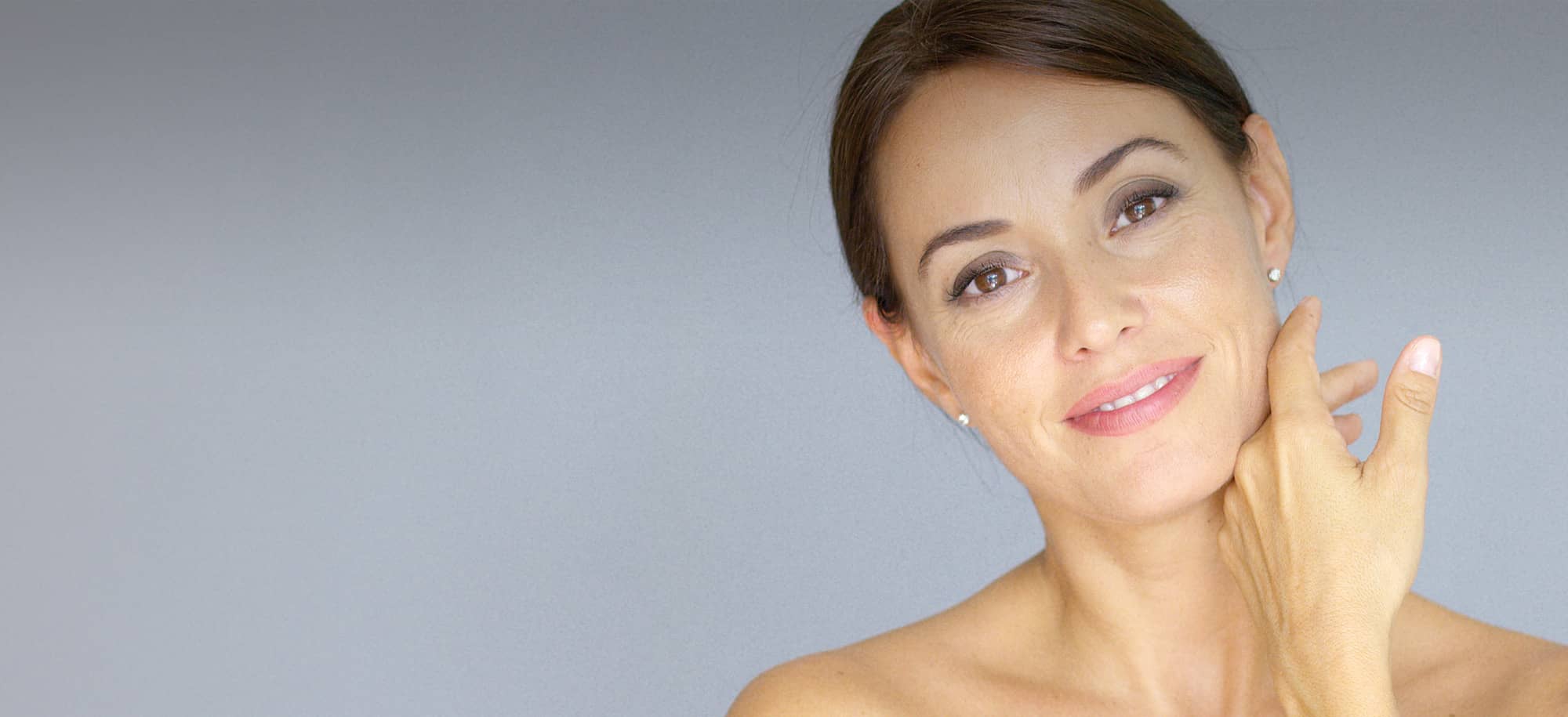Embrace Clear Skin with Scar Revision Benefits
Scars often bear memories we’d rather forget. With scar revision, we are not merely addressing a skin concern but reviving the confidence overshadowed by these marks. This transformative procedure promises more than skin-deep changes, offering a renewed sense of self and a canvas of flawlessly smooth skin.
1
Restored Smoothness
Bid farewell to unsightly scars, allowing your skin to reclaim its natural elegance and texture.
2
Enhanced Self-Confidence
With scars diminished, move forward with renewed self-assuredness, letting your true beauty shine unobstructed.
3
Minimized Visibility
Expert scar revision techniques reduce and refine scars, ensuring they blend seamlessly, almost like they were never there.
The unsightly appearance of scars can weigh down your confidence. Whether from an accident, illness, or burn, scars can form anywhere on your skin. Becker Plastic Surgery is a leading cosmetic and reconstructive surgery practice that offers expert scar revision for patients in Philadelphia, New Jersey, and beyond.
Patient Results
Hundreds of satisfied patients
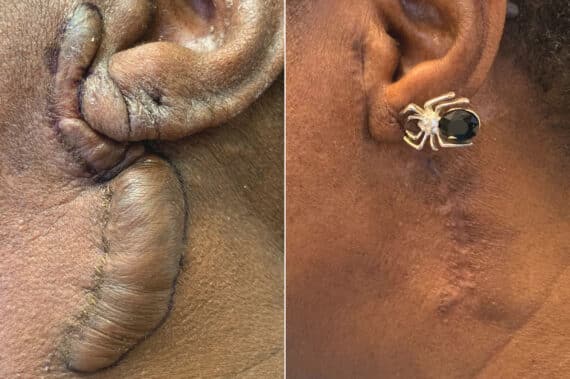
* All patients are unique and individual results may vary.
What Is Scar Revision Treatment?
Scar revision is a procedure used to minimize the appearance of unsightly scars by making them blend in with the surrounding skin. The approach taken depends on the severity of the scar.
Scar revision treatments can range from light and laser therapy to a Z-plastic surgical procedure. The latter is a surgical technique that creates two adjacent triangular flaps in the shape of a ‘Z’ and transposes them. The goal of such a procedure is to elongate or rotate a scar to improve the appearance and functionality of the skin.
Several surgical methods such as skin grafts and flap surgery exist and your surgeon can guide you to the appropriate procedure, depending on the specific characteristics and type of scar. You’ll find it exciting to know that modern medicine affords doctors with advanced tools and technology that can work wonders. The results of the procedure for improving the appearance of scar tissue, are better now than at any other time in history.
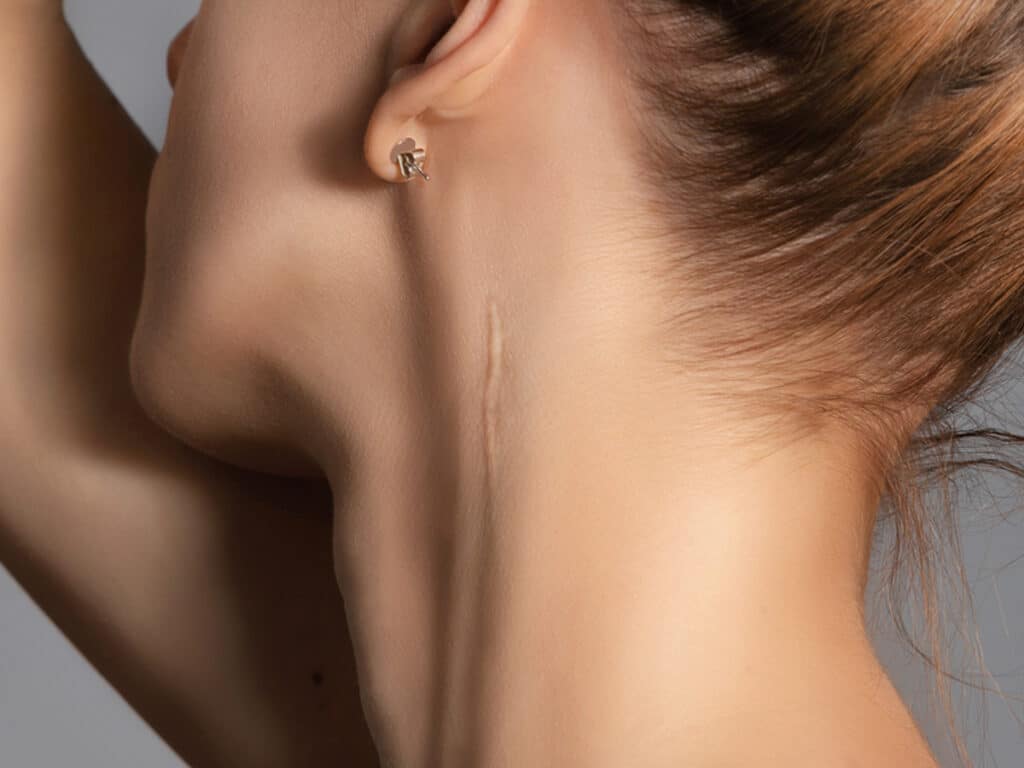

Explaining Scars
Scars are permanent marks that an injury leaves behind after it heals. A wound due to an accident or other cause forces your body into a defensive stance. Your immune system rushes to patch up the opening like a hasty repairman.
You can think of a scar as being similar to stucco hastily thrown onto a crack in the wall. You can paint over the stucco, but you’ll still be able to see the crude lump of material that now covers the opening.
Since your body works in overdrive in its effort to mend the wound, collagen fibers are quickly put together to seal the opening. While your skin contains collagen, the resulting connective tissue isn’t exactly new skin.
It is a similar tissue that results from the same material and is just as effective at safeguarding your body from the environment. However, scars are not able to recover in the same way as skin. That is why scars don’t shed to reveal fresh and smooth layers of skin.
Types of Scars That Can Be Treated
Scars have different causes and therefore need a different approach depending on their nature. There are fine-line scars that can almost fade on their own away over time. Visible scars that may require a surgeon’s expertise include the following:
Keloid Scars
Keloid scars are an excess of scar tissue that occurs when your body overcompensates during the wound-healing process. The body will increase collagen production at the site of the wound, resulting in protrusion.
Keloid scars can keep growing even after a wound heals. This overzealous reaction from your body results in a red, pink, or off-color lump. A side effect of keloid scars is that they can be painful or itchy.
Due to the formation of an excessive volume of scar tissue in the area, keloid scars can restrict movement. This tends to happen when collagen buildup is near a joint or an area like the mouth or eyes.
Hypertrophic Scars
Similar to keloid scars, hypertrophic scars appear when your body uses too much collagen to patch up a wound. Hypertrophic scars are a bit less severe than keloids, however, in that they don’t bulk up past the limits of the initial wound.
Contractures
Contracture scars are usually the result of burns. In the case of these noticeable scars, the skin tightens and leads to restriction of mobility.
Sunken Scars
Acne or other medical conditions can cause scars in which the skin sinks, giving the area a pitted appearance.
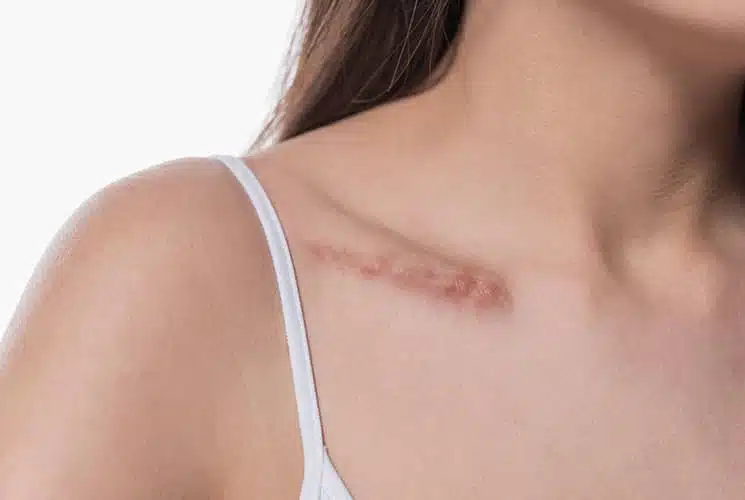
Good Candidates for Scar Revision
If you have an unsightly or uncomfortable scar that you would like to improve on, you’re almost certainly the ideal candidate for scar revision. You should be a non-smoker or at least willing to quit smoking in advance of the procedure to ensure the best results possible. Your doctor will advise you according to your skin type and other factors and provide specific recommendations.
It should also be noted that some skin diseases like acne may preclude you from undergoing scar treatments. An examination of your skin conditions and a review of your medical history by your doctor will be enough for the final green light. If you are generally in good health and maintain realistic expectations, you should be a good candidate.
The Scar Revision Procedure
The procedure starts with anesthesia to keep you comfortable. Depending on the procedure, your surgeon will choose between local anesthesia, sedation, or general anesthesia.
Treatment will then progress according to what your surgeon deems is the best solution. Topical treatments can help close wounds and promote better healing, while injectable options can fill in depressed scars. The latter is ideal for scars that cause a concave indentation in the skin such as sunken scars.
Since most scars protrude above the level of the skin, surface treatments are the most common approach. They improve uneven pigmentation while softening any irregularities on the surface. Surface treatments include light or laser therapy, dermabrasion, chemical peels for skin renewal, and skin bleaching.
Deeper scars may require an incision to extract part of an old scar. The incision will then be closed with special sutures that your skin absorbs.
Recovery After Scar Revision
Post-surgery recovery is crucial for achieving the best results and ensuring proper healing. Initially, patients may experience mild swelling, redness, and discomfort, which are all part of the body’s natural healing response. Following your surgeon’s aftercare instructions, such as keeping the area clean and avoiding direct sun exposure, can significantly enhance the healing process. Most patients can return to normal activities within a few days, though it’s essential to avoid strenuous activities that could strain the treated area and delay healing.
Full recovery time can vary depending on the extent of the procedure and the individual’s overall health. It’s important to attend all follow-up appointments to monitor progress and address any concerns promptly. Your surgeon will provide specific guidelines on how to care for the scar to minimize scar formation and ensure the best cosmetic outcome. Embracing these recommendations will help you achieve the smooth, clear skin you desire.

Patient Reviews
Recognizing the Risks Involved
While scar revision procedures are generally safe, it’s important to be aware of potential risks. Complications can include infection, bleeding, and adverse reactions to anesthesia. Ensuring a sterile environment and following your surgeon’s aftercare instructions can minimize these risks and promote proper healing. In some cases, patients might experience new or unwanted scar formation, particularly if the body’s healing process is disrupted by factors such as poor hygiene or premature resumption of strenuous activities.
Additionally, there’s a possibility of dissatisfaction with the cosmetic outcome, as the appearance of scars can vary based on individual healing responses. It’s crucial to have realistic expectations and maintain open communication with your surgeon throughout the recovery process. Understanding and adhering to all pre- and post-operative guidelines, including avoiding excessive sun exposure, can help mitigate risks and lead to a more satisfactory result.
Understanding the Cost of Scar Revision
Scar revision costs can vary based on the complexity and type of procedure required. Factors influencing the price include the size and location of the scar, the chosen method of treatment, and the expertise of the surgeon. While insurance may not cover cosmetic procedures, it’s worth discussing with your provider, as some treatments for functional impairments caused by scars might be eligible for coverage. At Becker Plastic Surgery, we offer detailed consultations to provide a personalized cost estimate, ensuring you understand the investment in achieving smoother, more even skin.
Why choose the Doctors at Becker Plastic Surgery

Kirk Lozada, MD, FACS
- Completed his fellowship at the University of Pennsylvania and has trained with the top Facial Plastic Surgeons in Philadelphia, New York, and New Jersey.
- Has traveled to Ica, Peru with Healing the Children on multiple occasions performing a high volume of cleft lip and palate surgery.
- Is currently a member of the American Academy of Facial Plastic & Reconstructive Surgery and has numerous publications and presentations in the field of facial plastic surgery.
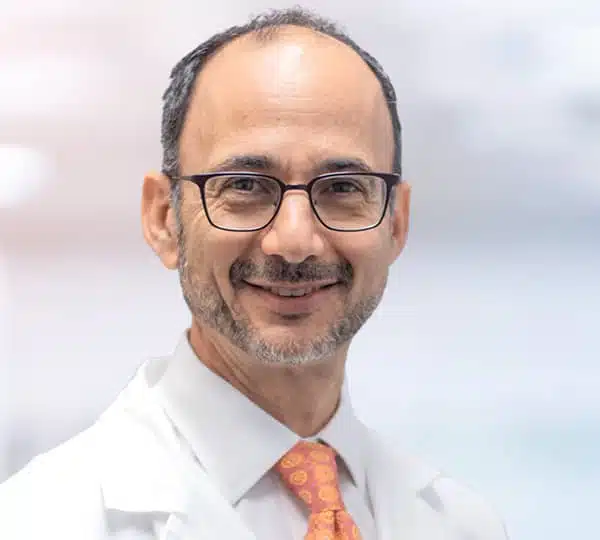
Daniel Becker, MD, FACS
- Board Certified by the American Board of Otolaryngology (ENT).
- Board Certified by the American Board of Facial Plastic and Reconstructive Surgery (ABFPRS).
- Fellow of the American College of Surgeons (FACS).
- Top-Rated by US News and World Report, Philadelphia Magazine, South Jersey Magazine, Castle-Connelly, and others.
- Read more about rhinoplasty specialist Dr. Becker’s credentials

Nicole Schrader, MD, FACS
- She is a double board certified surgeon in Facial Plastic and Reconstructive Surgery and Otolaryngology & Head/Neck Surgery.
- Is a member of the American Academy of Facial Plastic and Reconstructive Surgery
- Has over 20 years of experience, 15+ years in private practice and has performed hundreds of facelift surgeries.
- Dr. Schrader Recognized as Best Plastic Surgeon by Town Topics Readers’ Choice Awards.

Pick one of our 6 convenient locations
for Your Plastic Surgery Needs
Frequently Asked Questions About Scar Revision
Patients who undergo scar revisions are eager to get back to their everyday lives with renewed confidence. Let’s look at some of the most common questions people have regarding scar revisions.
